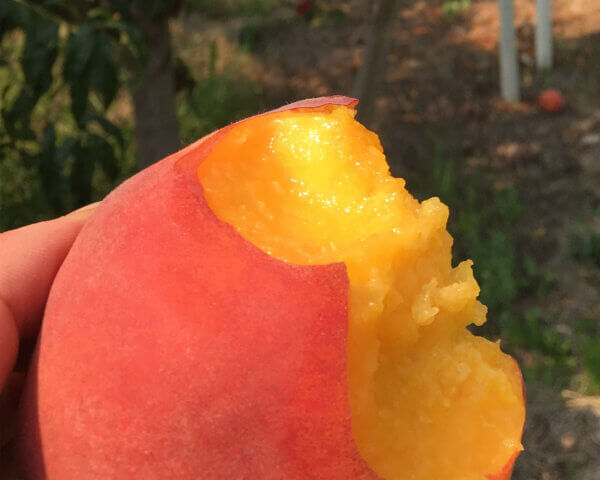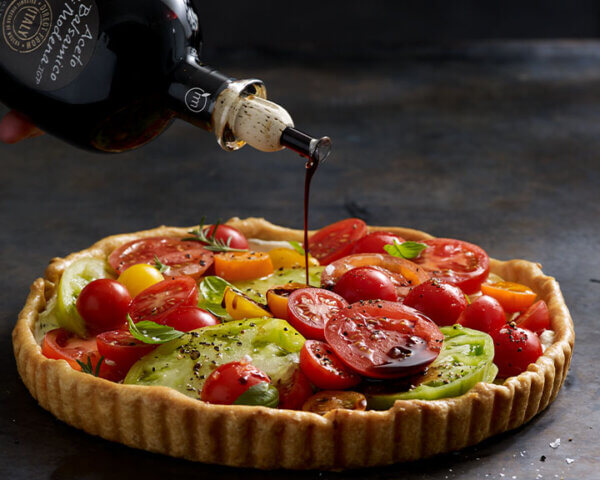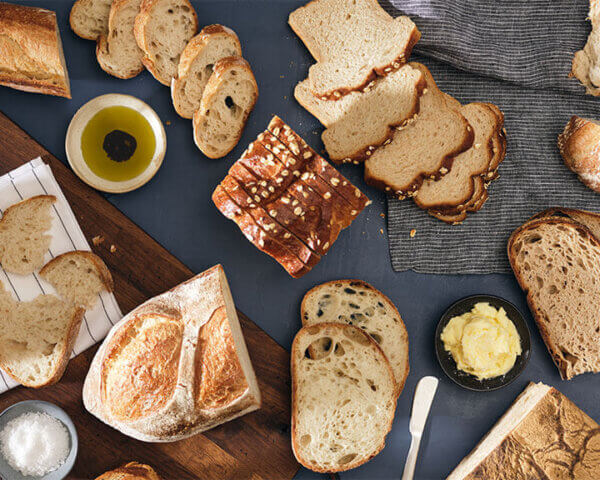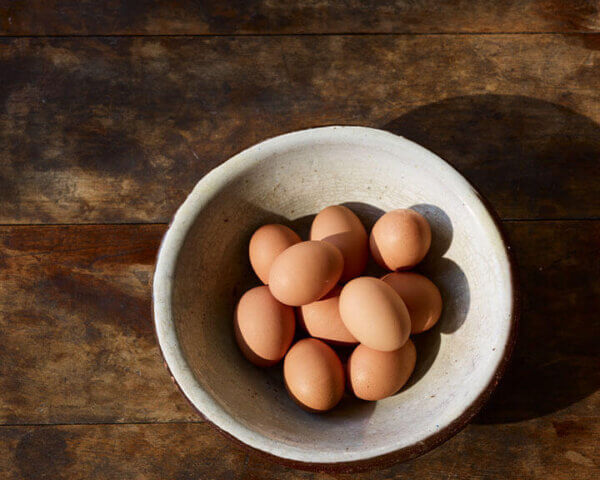101
Good cooking doesn’t always mean an arm’s-length list of ingredients. Often, the most memorable meals are simple, seasoned well, and enjoyed with friends.
And well-salted.
Salt seems like such a basic ingredient that most people rarely give it a second thought. For decades, home cooks grabbed the iodized salt that came in a blue cylindrical box. On the packaging was a little girl under a yellow umbrella, keeping the rain away – it was Morton’s Salt Company, complete with their patented pour spout. They were the first to create free-flowing salt by adding an anti-caking agent, which saved the salt from clumping when humidity or moisture struck, a real issue in the early 1900’s.
Luckily, the salt selection at grocery stores today is not like your parents’ choices. There are so many salts to choose from now, it can sometimes be overwhelming. Let’s dive into different salts and how each can transform ingredients into loved meals.
Fact: Salt matters deeply in good cooking. Why? Because a bite of under-salted potatoes or pasta is an instant path to sadness. No matter how much salt you sprinkle onto a poorly cooked potato, it will always taste bland. But boil your potatoes in water as salty as the ocean and they will burst with flavor.
That’s because salt doesn’t always make food taste salty. Instead, it enhances the flavor of every ingredient it meets. For example, a pinch of flaky salt on slices of Cara Cara oranges, with a drizzle of olive oil, reduces the bitterness in the pith and increases the sweet and sour tastes inherent in the orange.
Many chefs salt cuts of meat hours in advance of cooking. Others follow the wisdom of Judy Rodgers, from the famous Zuni Café in San Francisco, California. She encouraged chefs to pre-salt meat days in advance. Salting and cooking meat within a few hours can make the meat dry, but allow a few days and all the moisture the salt draws out can be reabsorbed, pulling the salt throughout, not just the surface. That creates more amino acids and sugars in the meat, which creates a great brown crust on the cooked meat. For hundreds of years, home cooks have been using heavy concentrations of salt to preserve food. Higher concentrations of salt pull moisture out of foods, which can also kill dangerous microbes. Beef jerky has that chewy texture, thanks to salt preservation.
Cooking Salt
So which salt do you use for cooking versus finishing?
For decades, the most commonly used salt for cooking was iodized salt. However, in the past few decades, more chefs and home cooks have moved away from it. Why? Because the iodine makes it taste a bit metallic.
Now, most chefs use kosher salt for cooking and salting water. It crunches a bit in the fingers, which helps chefs to feel how much salt they’re adding. And since it’s lower in salinity than other salts, kosher salt reduces the risk of over-salting.


Not all kosher salts are the same, however. Most chefs prefer Diamond Crystal, not only because it has a stronger feel in the fingers, but also because it has 280 milligrams of sodium per ¼ teaspoon. Morton’s kosher salt contains 480 milligrams, so it’s quite a bit saltier.
Many folks prefer to use fine sea salt for baking, since its fine texture spreads throughout the entire baked goods more easily.
Finishing Salt
After the cooking comes the final touch — finishing the meal with a last sprinkle of flaky salt:
Maldon salt — harvested in southern England — is so flaky that its fans swear they can feel the salt flakes crumbling in their fingers. Using this salt is a sensory experience. It’s great as a finishing salt for cooked meats and raw fruits and vegetables.
Sel gris has a gray color from the salt ponds in France, where it’s harvested. It has a more mineral flavor than other flaky salts, adding a briny flavor to fish dishes.

The flower of salt — fleur de sel — is the saltiest of finishing salts. Traditional fleur de sel is harvested by hand from the salt marshes of Brittany. People who harvest the salt use rakes to skim the surfaces of those marshes. This is a great salt for vegetables or the tops of chocolate chip cookies as they come out of the oven.
Pink Himalayan salt — harvested in the part of the Himalayan mountains in Pakistan — is rich in minerals and tastes slightly sweet in comparison to other salts. It’s especially good on popcorn.
Infused Salt

Of course, you could also choose an infused salt for your finishing touches. Smoked salts add the flavor of a campfire to food, which gives an umami depth to vegetarian dishes. Citrus-fennel salt, merlot salt, habanero salt, and curry salt — they can all add an unexpected flavor to a weeknight meal.
Start experimenting! Explore the ones that intrigue you most and add a new salt or two to your spice cabinet. Metropolitan Market offers a variety of salts in small packets, so you can try a new one, like Hawaiian Pink Sea Salt, without committing to a giant container right off the bat.





